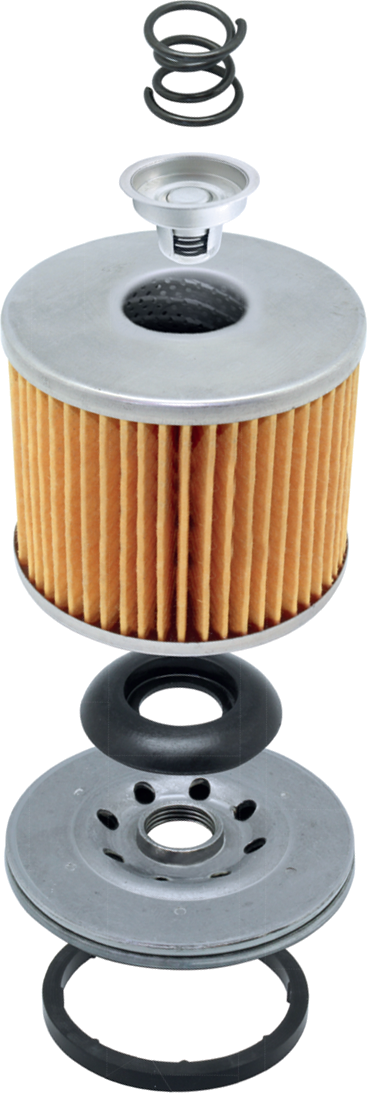Quality
Product testing and analysis form an integral part of our quality management system that underpins the performance of our filters.
Our sophisticated multi-million Rand test machines and rigs are sourced from Europe, Asia and North America and are commissioned by engineers to provide advanced testing capabilities that meet international standards.
This gives us the ability to:
- Assess incoming raw materials to ensure it meets our specifications and quality standards before production
- Test our component performance at different stages of production
- Implement Research & Development for vehicle manufacturers’ custom requirements
We also extensively test our finished filters against the various ISO standards (International Standards Organisation) and OEM performance standards which include testing for:
a) Separation efficiency
b) Dirt holding capacity
c) Resistance to fluid flow
d) Construction integrity

We test to the following ISO standards:
- ISO 2949 – Factory bubble test
- ISO 4548-12 – Oil filter performance test – Particle retention efficiency and contaminant hold capacity
- ISO 19438 – Filtration efficiency – Fuel Filters
- ISO 4548-6 – Hydrostatic burst pressure
- ISO 4020 – Fuel filter constructional integrity & performance standard
- ISO 4548-5 – Hydraulic pulse durability
- ISO 4548-9 – Inlet and Outlet anti-drain back valve
- ISO 4548-2 – Element by-pass valve characteristics
- ISO 4548-1 – Differential pressure / flow characteristics
- ISO 5011 – Air filter performance
Our filters undergo rigorous testing in simulated engine operating conditions to ensure its integrity and performance capabilities meet service intervals.
Key types of product testing
ISO 2942
The element bubble test is a measurement of the filter element’s integrity. It tests that the filter paper is not damaged, that there sufficient adhesive in the end caps and correct paper joins. In addition to this, it is a quality check to ensure that the element has been manufactured with the correct paper grade. When performing the element bubble test one side of the filter element is pressurised with air whilst submerged in a test liquid until the first bubble is released through the element. The corresponding air pressure is then verified with the relevant specification.
OIL FILTER PERFORMANCE TEST (ISO 4548-12) – PARTICLE RETENTION EFFICIENCY AND CONTAMINANT HOLD CAPACITY
This is a multi-pass filtration test with continuous contaminant injection. It uses an online particle counting method for evaluating the performance of full-flow oil and fuel filters of internal combustion engines.
The test determines the contaminant capacity of a filter, its particulate removal characteristics and differential pressure, to ensure the service intervals of the filter is met.
AIR CLEANER RESTRICTION/PRESSURE DROP, DUST HOLDING CAPACITY & EFFICIENCY (ISO 5011) – AIR FILTERS
Airborne contaminants such as soot and dust are harmful to the combustion process, without adequate protection the air flow sensor can be blocked causing havoc to the engine management system, and dust entering the engine will damage the pistons, ring and liners. A blocked air filter affects the service interval of the filter and impacts on fuel consumption. This test assesses the overall performance of an air filter to establish its efficiency and filter element dust holding capacity.

